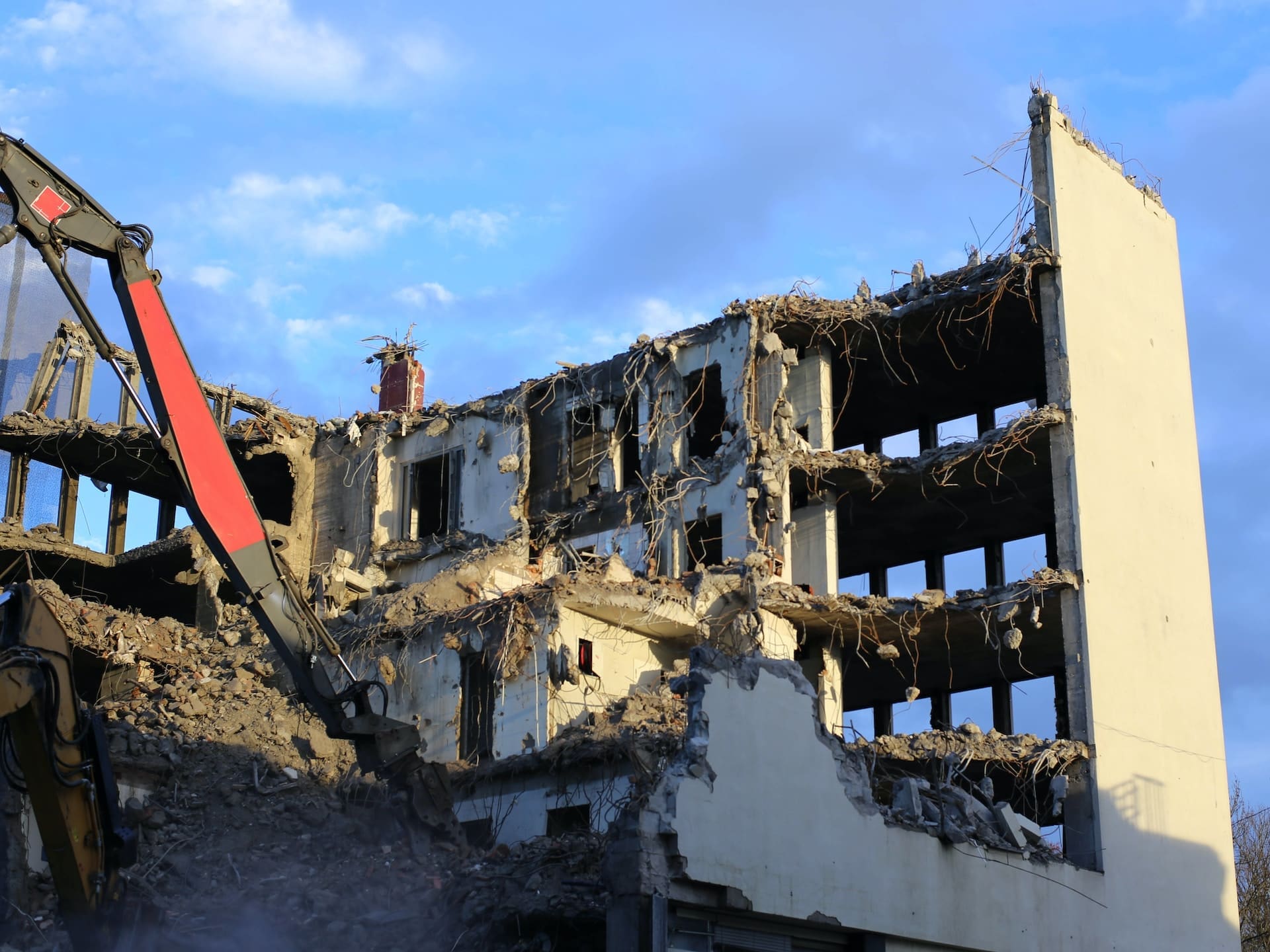When disaster strikes, whether it’s a flood, fire, or severe storm, the aftermath can be overwhelming. The process of restoring a property to its pre-disaster condition is not just about repairing physical damage; it’s about ensuring a safe and clean environment for occupants. This article delves into the critical aspects of restoration cleanup and why it’s essential for both residential and commercial properties.
Understanding the Importance of Professional Restoration Cleanup
Restoration cleanup is a complex process that goes beyond simple cleaning. It involves thorough assessment, meticulous planning, and expert execution to address both visible damage and hidden hazards. Professional restoration companies have the expertise, equipment, and experience to handle various types of disasters, ensuring that the affected area is not only clean but also safe for habitation or use.
The Restoration Cleanup Process
1. Initial Assessment and Documentation
The first step in any restoration project is a comprehensive assessment of the damage. Professionals carefully document the extent of the damage, often using advanced technology like moisture meters and thermal imaging cameras. This initial assessment helps in creating a detailed cleanup and restoration plan.
2. Water Extraction and Drying
In cases of water damage, immediate water extraction is crucial. Professional-grade pumps and vacuums are used to remove standing water. Following this, industrial-strength dehumidifiers and air movers are employed to thoroughly dry the affected areas, preventing mold growth and further structural damage.
3. Smoke and Soot Removal
For fire-damaged properties, removing smoke and soot is a critical step. These substances can be corrosive and pose health risks if not properly cleaned. Specialized techniques and cleaning agents are used to remove soot from surfaces and eliminate lingering smoke odors.
4. Sanitization and Deodorization
Regardless of the type of disaster, sanitization is a crucial part of the cleanup process. This step involves using professional-grade antimicrobial treatments to eliminate bacteria, fungi, and other harmful microorganisms. Deodorization techniques are also applied to remove any lingering odors associated with the disaster.
5. Debris Removal and Structural Cleaning
Clearing debris and cleaning structural elements like walls, floors, and ceilings is an integral part of the restoration process. This may involve techniques such as dry ice blasting or soda blasting for stubborn residues, ensuring that all surfaces are thoroughly cleaned and prepared for restoration.
Health and Safety Considerations in Restoration Cleanup
Ensuring health and safety during restoration cleanup is paramount. Professional restoration companies prioritize the proper handling and disposal of hazardous materials, which may include asbestos, lead-based paint, or chemical contaminants. Cleanup crews are equipped with appropriate personal protective equipment (PPE) to safeguard against potential health risks. Moreover, adherence to local, state, and federal regulations regarding cleanup and disposal is strictly maintained to ensure legal compliance and environmental protection. To maintain air quality during the cleanup process, advanced air filtration systems are implemented, effectively removing airborne particles and contaminants, thus creating a safer environment for both workers and future occupants.
The Role of Technology in Modern Restoration Cleanup
Modern restoration cleanup has been revolutionized by cutting-edge technology. Thermal imaging cameras play a crucial role in detecting hidden moisture, allowing for more thorough and effective drying processes. Advanced air scrubbers and HEPA filtration systems are employed to purify the air, removing harmful particles and improving overall air quality. The industry has also embraced eco-friendly cleaning solutions that are both effective and environmentally safe, reducing the ecological impact of cleanup operations. Furthermore, data logging and digital documentation technologies have streamlined the restoration process, enabling accurate tracking and reporting of every step, which enhances efficiency and transparency for both restoration companies and their clients.
Long-Term Benefits of Professional Restoration Cleanup
Investing in professional restoration cleanup yields significant long-term benefits. One of the primary advantages is the prevention of secondary damage, such as mold growth or structural weakening, which can occur if initial damage is not properly addressed. By thoroughly and professionally addressing damage, property value is preserved, protecting the owner’s investment. Professional cleanup also substantially reduces health risks associated with inadequate restoration, ensuring a safe living or working environment. Perhaps most importantly, professional restoration facilitates a faster return to normalcy for residents or businesses, minimizing disruption and allowing life to resume as quickly as possible after a disaster.
Choosing the Right Restoration Cleanup Service
Selecting the appropriate restoration cleanup service is crucial for ensuring optimal results. When evaluating potential services, consider their experience and expertise in handling various types of disasters, as this indicates their ability to address diverse challenges effectively. Look for certifications and adherence to industry standards, which demonstrate a commitment to quality and professionalism. A reputable service should offer 24/7 availability for emergency response, as quick action is often critical in minimizing damage. The use of advanced equipment and techniques is another important factor, as it can significantly improve the efficiency and effectiveness of the cleanup process. Lastly, positive customer reviews and testimonials provide valuable insights into the company’s track record and customer satisfaction levels, helping you make an informed decision.
Conclusion
Restoration cleanup is a critical process in the aftermath of any disaster. It’s not just about cleaning up visible damage; it’s about ensuring a safe, healthy, and habitable environment. Professional restoration companies play a vital role in this process, bringing expertise, advanced technology, and a systematic approach to return properties to their pre-disaster condition. By understanding the importance of proper restoration cleanup, property owners can make informed decisions to protect their investments and ensure the well-being of occupants in the face of unforeseen disasters.



